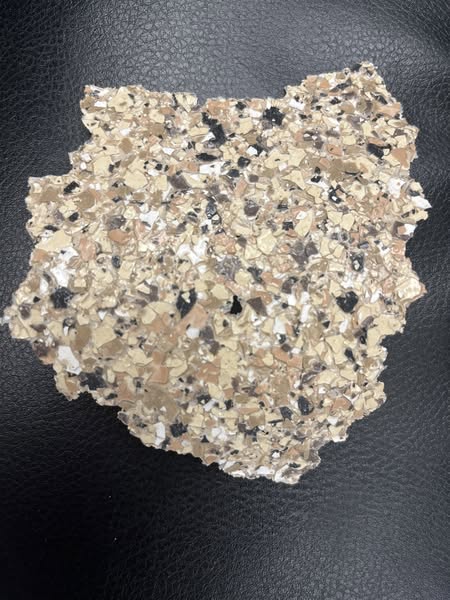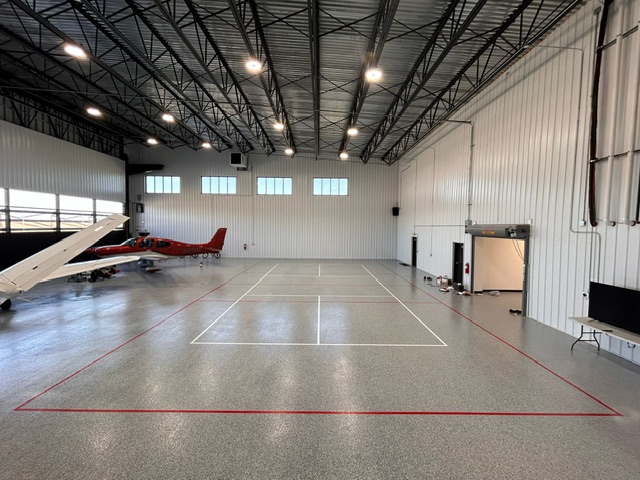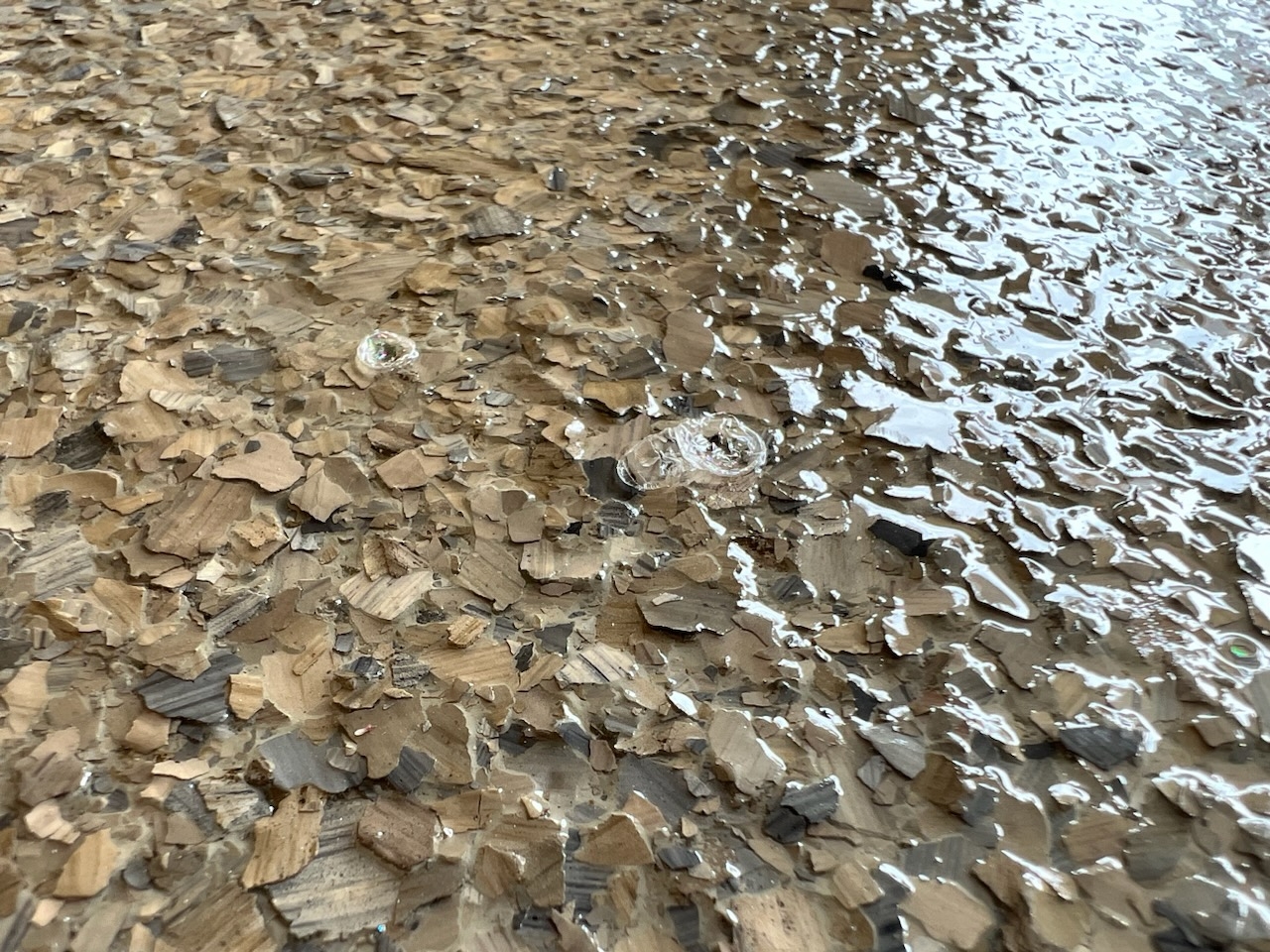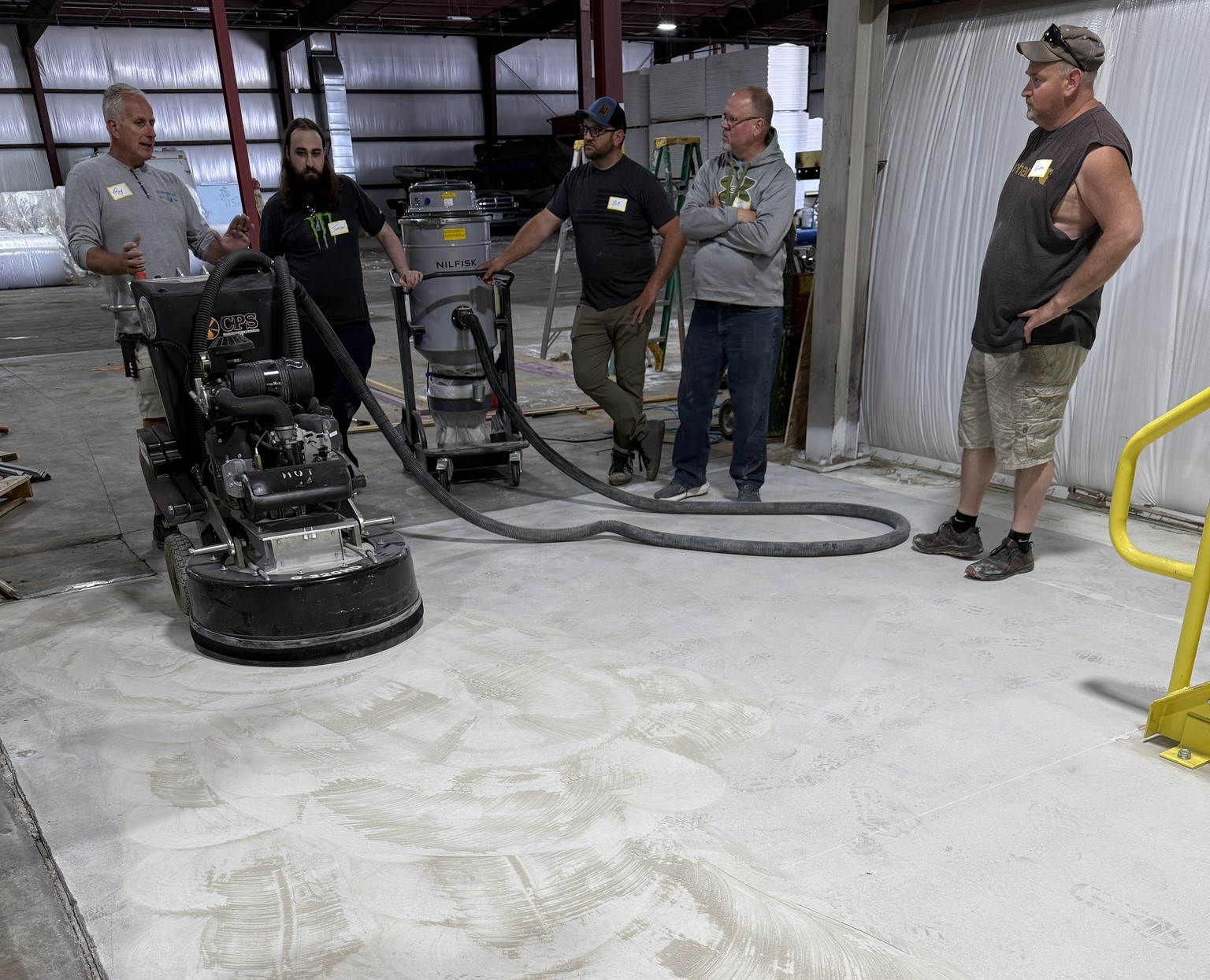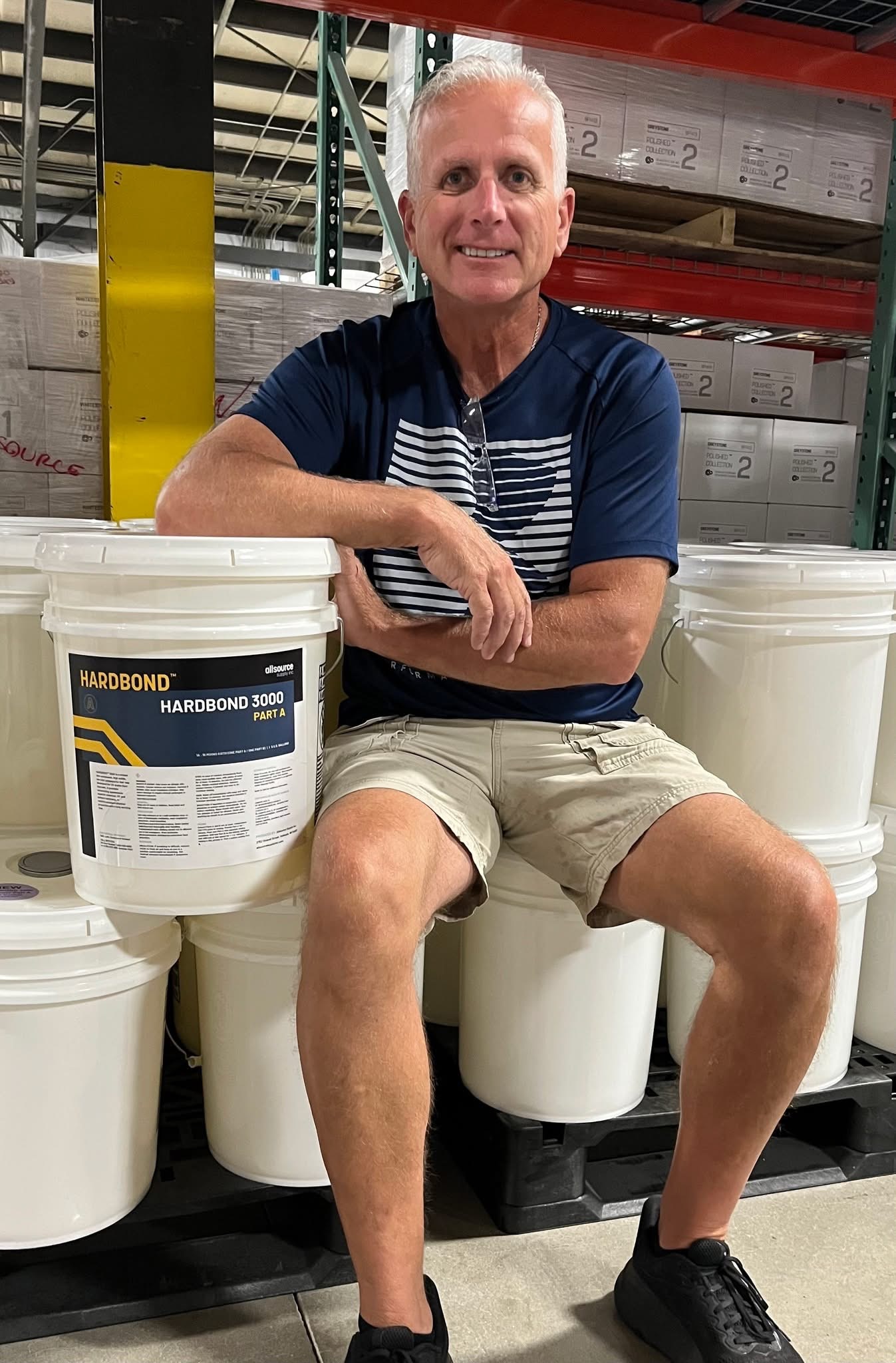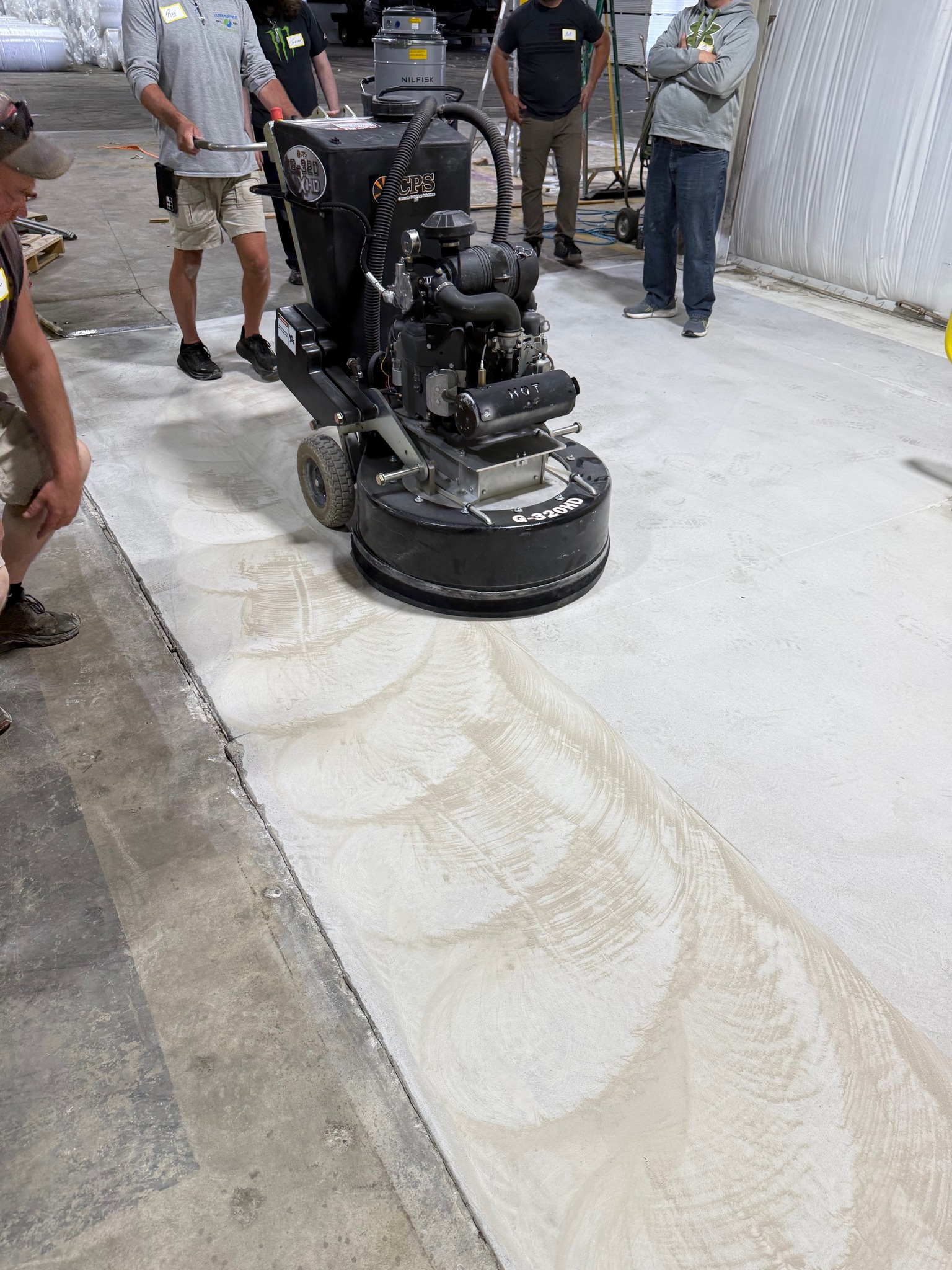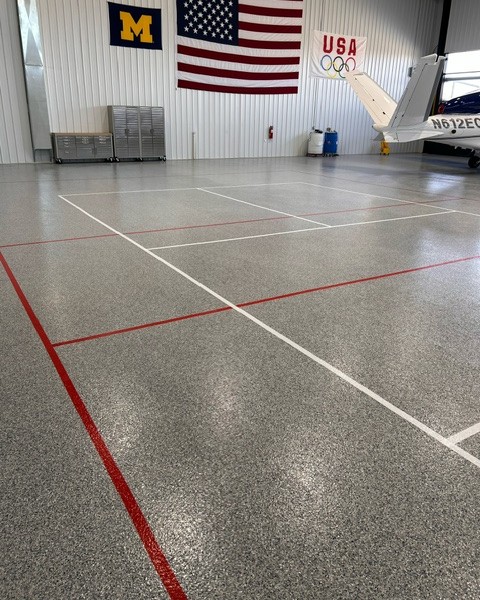Concrete Coatings Supply Tag
A well-coated concrete patio boosts property value and withstands wear.
Exposure to weather, foot traffic, and wear can deteriorate concrete surfaces over time.
The best options include polyaspartic coatings for long-lasting protection, epoxy for a smooth finish, stamped overlays for a decorative touch, and acrylic sealers for...
Read More
Concrete coating peeling usually happens due to poor surface preparation, hidden moisture in the slab, or using the wrong primer. When coatings fail to bond properly, they can lift in sheets, bubble, or flake, costing time, money, and credibility on the job.
Concrete floor coatings are...
Read More
Under standard conditions, polyaspartic floor coatings can be returned to light foot traffic in 2–4 hours and cured for vehicle traffic within 72 hours and a full cure in two weeks.
Time is one of the most valuable assets on any jobsite. Every hour a floor...
Read More
Preventing carbon monoxide poisoning in concrete workspaces is critical for ensuring safety and saving lives. Carbon monoxide (CO) is an invisible, odorless gas that can quickly become deadly in poorly ventilated spaces.
At Allsource Supply Inc., we’re committed to helping contractors and concrete professionals create not...
Read More
The best method for preventing bubbles in polyaspartic topcoats is to seal the concrete with a moisture-tolerant basecoat and apply the topcoat using proper mixing and rolling techniques. Controlling substrate conditions, mixing ratios, and environmental factors also plays a crucial role in ensuring a bubble-free...
Read More
At a minimum, the concrete must be clean, dry, and mechanically profiled to a CSP 2–3 using diamond grinding or shot blasting. Proper surface prep also includes degreasing, repairing cracks, testing for moisture, and removing all dust before application.
When it comes to achieving a durable,...
Read More
As we move into 2026, contractors and concrete coating companies are facing a crucial question: Should I choose polyaspartic or epoxy for my concrete floor projects?
The answer isn’t as simple as it used to be.
Epoxy has been a go-to choice for decades, but polyaspartic coatings...
Read More
As concrete coating professionals, we’re often asked if it’s possible to repair or recoat an existing surface instead of doing a full replacement.
The good news is that yes, it is possible in most cases.
Recoating or repairing is not only achievable but often a more effective...
Read More
With years of expertise, we explore the most effective methods for safeguarding and enhancing concrete surfaces, including high-quality coatings, penetrating sealers, and proper maintenance strategies.
By implementing these protective measures, property owners can extend the lifespan of their concrete surfaces and prevent costly damage.
Recognizing the Impact
Concrete...
Read More
When it comes to protecting concrete floors, contractors and property owners alike want solutions that are durable, fast, and versatile. Traditional coatings often fall short—whether it’s long curing times, strong odors, or coatings that simply can’t withstand years of wear. That’s why polyaspartic topcoats are...
Read More


